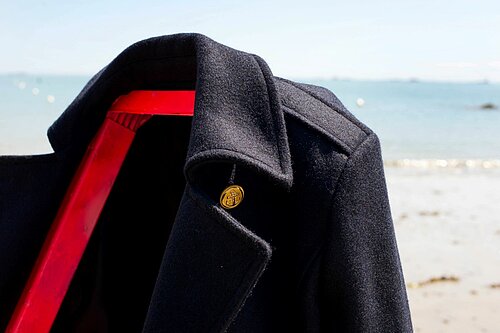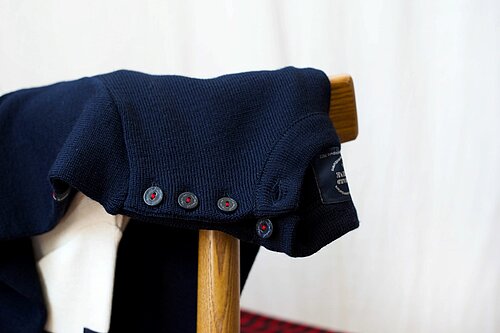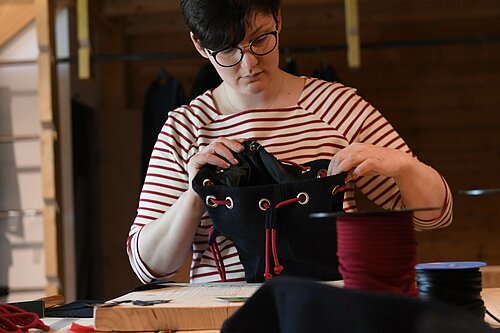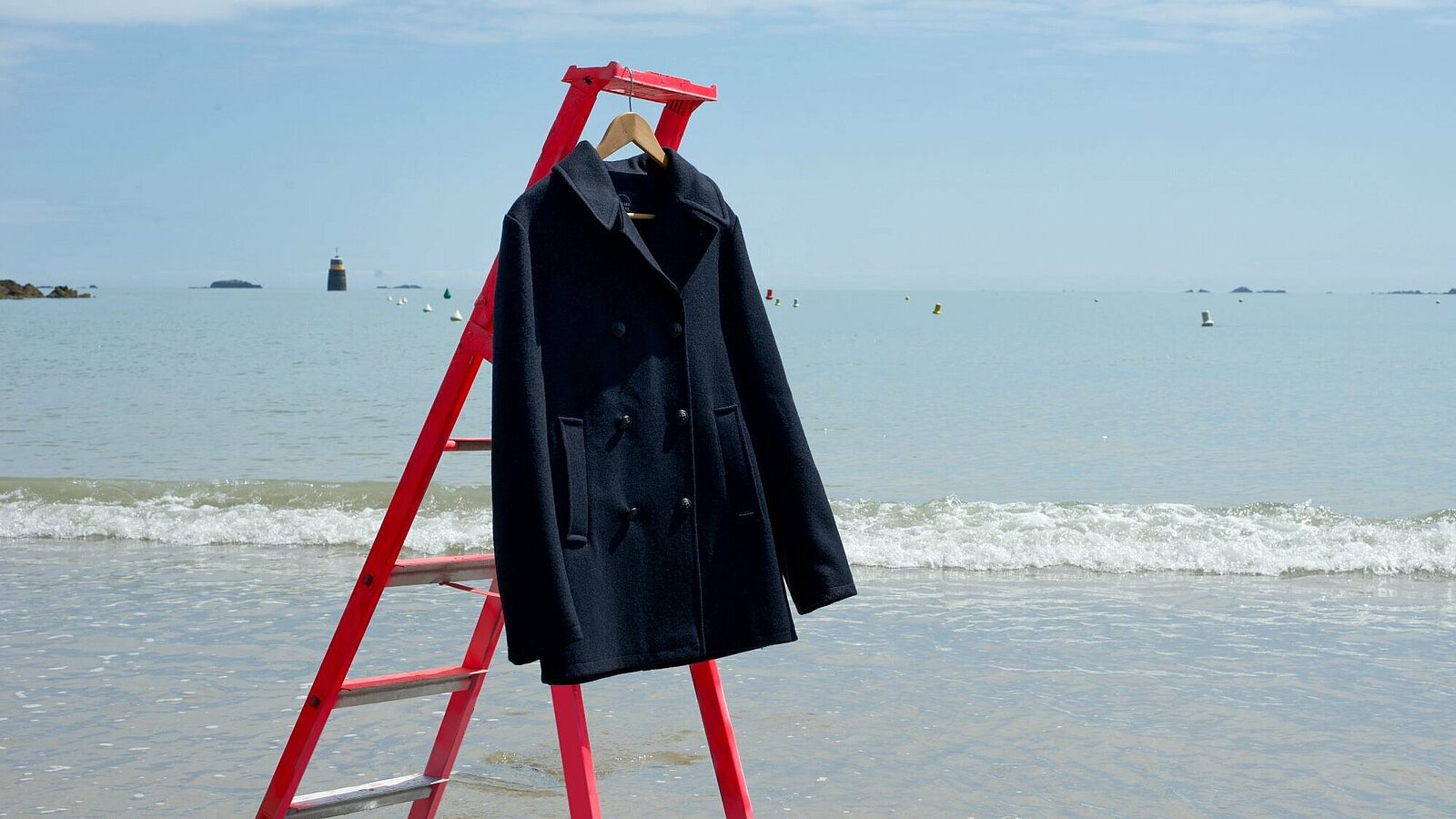A predominantly female and senior profile
The profile of the respondents shows a strong female representation: 65% were women, compared to 32% men. This imbalance suggests a greater interest in the topic of wool among women.
In terms of age groups, the number of participants varied, although there was a strong concentration among those over 55: 28% were aged between 55 and 64, and 21.3% were 65 or older. Young adults (18–24 years old) made up 22% of respondents, whereas the 25–34 age group was under-represented at 2.3%. Those aged 35–44 accounted for 8.7%, and the 45–54 group made up 17.7%.
Habits differ according to age and gender
The survey highlights clear differences in wool consumption across generations and genders.
Among the 18–24-year-olds, nearly half rarely or never wear wool. This age group favours second-hand items but does not show a strong attachment to wool as a material. The 25–34-year-olds, on the other hand, are more curious and engaged, showing interest in processed products and the second-hand market.
Those aged 35–54 consume more wool, buying both new and second-hand items, with particular attention to value for money. Finally, those aged 55 and over are the most loyal to wool, buying mainly new products, but also showing an openness to upcycling and donation, with a strong sensitivity to sustainability.
Women also stand out for their more diversified consumption (new, second-hand, upcycling), while men mainly prefer buying new.
Wool: a safe bet
The perception of wool remains very positive. It is largely associated with durability and warmth, two qualities considered essential and strong motivators for purchasing.
Across all age groups, the notion of quality is dominant, beyond fashion trends: wool is perceived as a reliable, trustworthy material rather than just a passing trend.


An emotional connection through transmission
A clear link emerges between wearing inherited wool garments and regularly purchasing new wool items, especially among those aged 55 and over. This correlation highlights a strong emotional dimension: wool is often seen as part of a tradition of transmission, textile heritage, and durability.
In this spirit, giving a wool coat a second life means extending its story. Through our recycling programme, coats you no longer wear can be transformed into unique, sustainable accessories. Each piece tells a new story, remaining true to the spirit of the original garment.
It is our way of blending memory, creativity, and environmental commitment — keeping wool alive, differently and for a long time.
Persistent obstacles to overcome
Although wool is recognised for its quality, durability, and elegance, it is sometimes still seen as expensive, difficult to care for, or even uncomfortable. These preconceived ideas, often combined, can deter even well-informed consumers from buying wool products.
Aware of these perceptions, we are continuing our efforts to better support our customers, notably by offering care advice and educational explanations about the true value of our garments and accessories.
A material aligned with ecological values
Environmental commitment is becoming an increasingly important purchasing motivation. In fact, 28% of respondents cited ecology as the main reason for buying wool clothing and accessories. These consumers are particularly attentive to the origin of materials and frequently check labels for product traceability.
While interest in sustainability is strong, few participants were aware of our wool coat recycling programme (peacoat, duffle coat), launched in 2021. A major challenge therefore remains: raising greater awareness of our innovative, eco-responsible initiatives.

